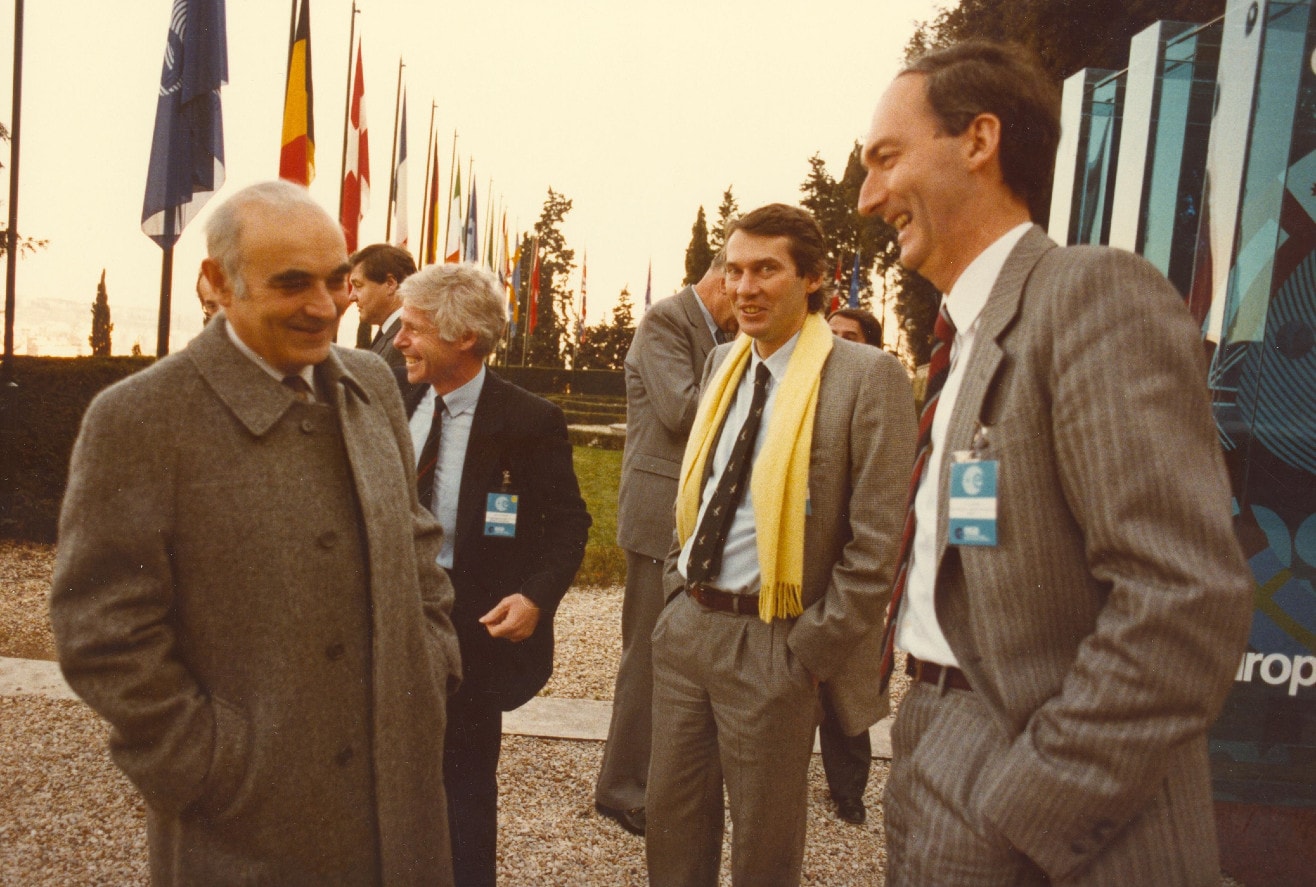Our journey through the ESA Archives at the European Centre for Space Records is gaining pace, and we are now regularly opening collections of publications and images on this website. Since each new collection presents fresh material and introduces extra names, we have also updated our space glossary, with new entries for personalities, projects and organisations for the period from 1975 to 1984.
The glossary was conceived as research tool, with concise biographies of the key figures in European space, and as a quick reference point to navigate through the maze of acronyms that exists in the documentation! Together with the space timeline of milestones in the ESA story, it gives a comprehensive contextual background for further exploring our online Archival material.
The updated content covers the entire period from 1959 to 1984 and now includes the momentous first decade of ESA. The creation of ESA in 1975 heralded a new chapter in European cooperation (and the establishment of other European collaborators and agreements negotiated with other space organisations) and resulted in a ‘change of guard’ as new faces arrived at the helm of this young organisation. Some of them went on to become such key figures that it is hard at this remove to ever think of them as new arrivals – particularly names like Roger Bonnet, who conceived and delivered ESA’s first long-term Science Programme, and the man who became known as the father of the European space programme, Hubert Curien. (Both are pictured below– Curien on the left and Bonnet next to him, with Daniel Sacotte and Frédéric d'Allest – at the ESA Council at Ministerial level in Rome in 1985).
By 1977, following ESA’s first astronaut selection campaign, three other new faces – Ulf Merbold, Claude Nicollier and Wubbo Ockels - were on their path to becoming the first European astronauts. The glossary also documents some of the first major ESA missions, such as the Spacelab programme under which these astronauts flew, and the many satellite projects that came to life in these years, a fitting tribute the many years of planning undertaken under the aegis of ESA’s predecessors, ELDO and ESRO.
As the custodian of the technical documentation related to these projects, the ECSR is responsible for ensuring the preservation of these important treasures. And, of course, our eventual aim is to make more of more of this material accessible online over time.

